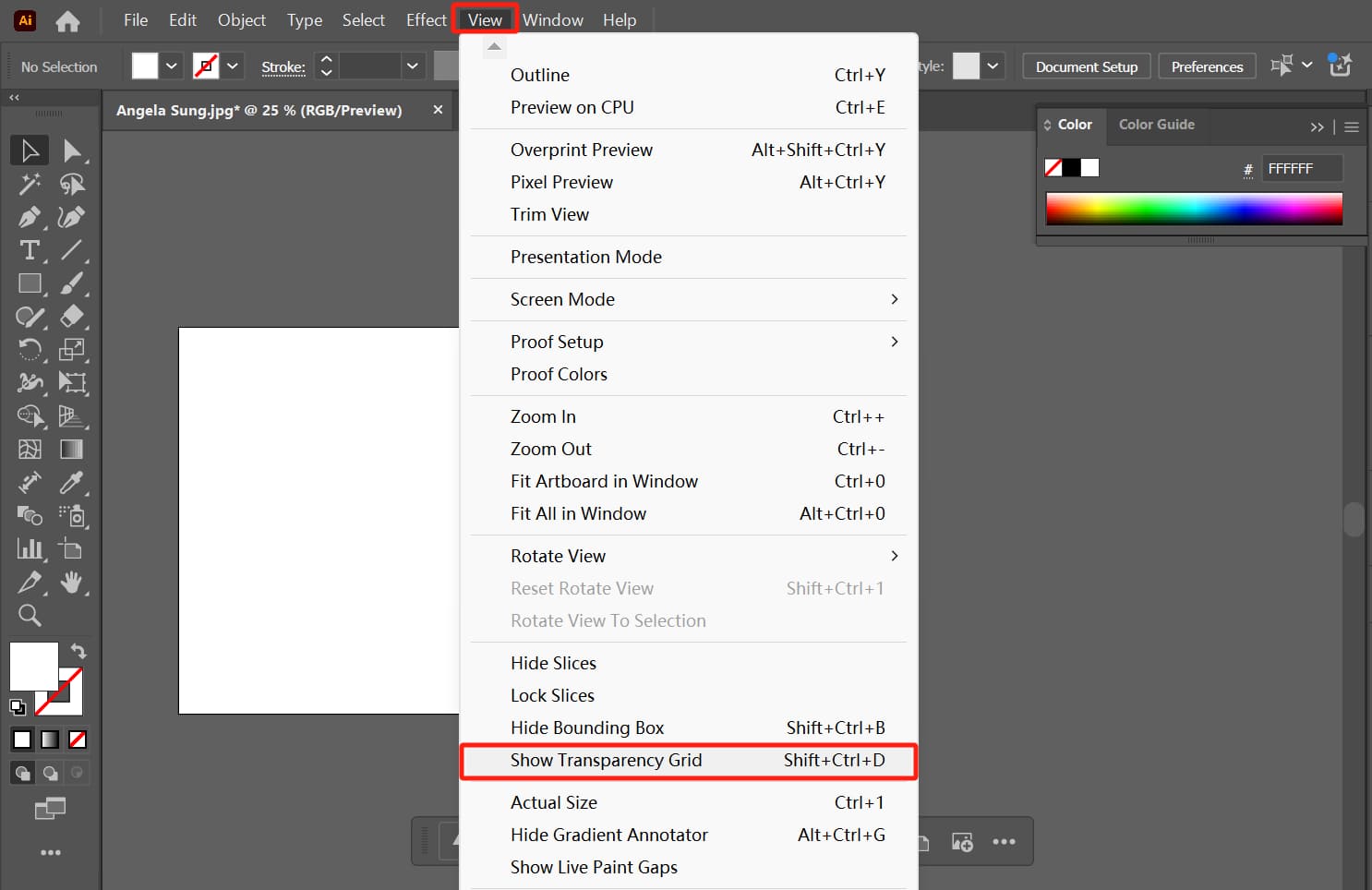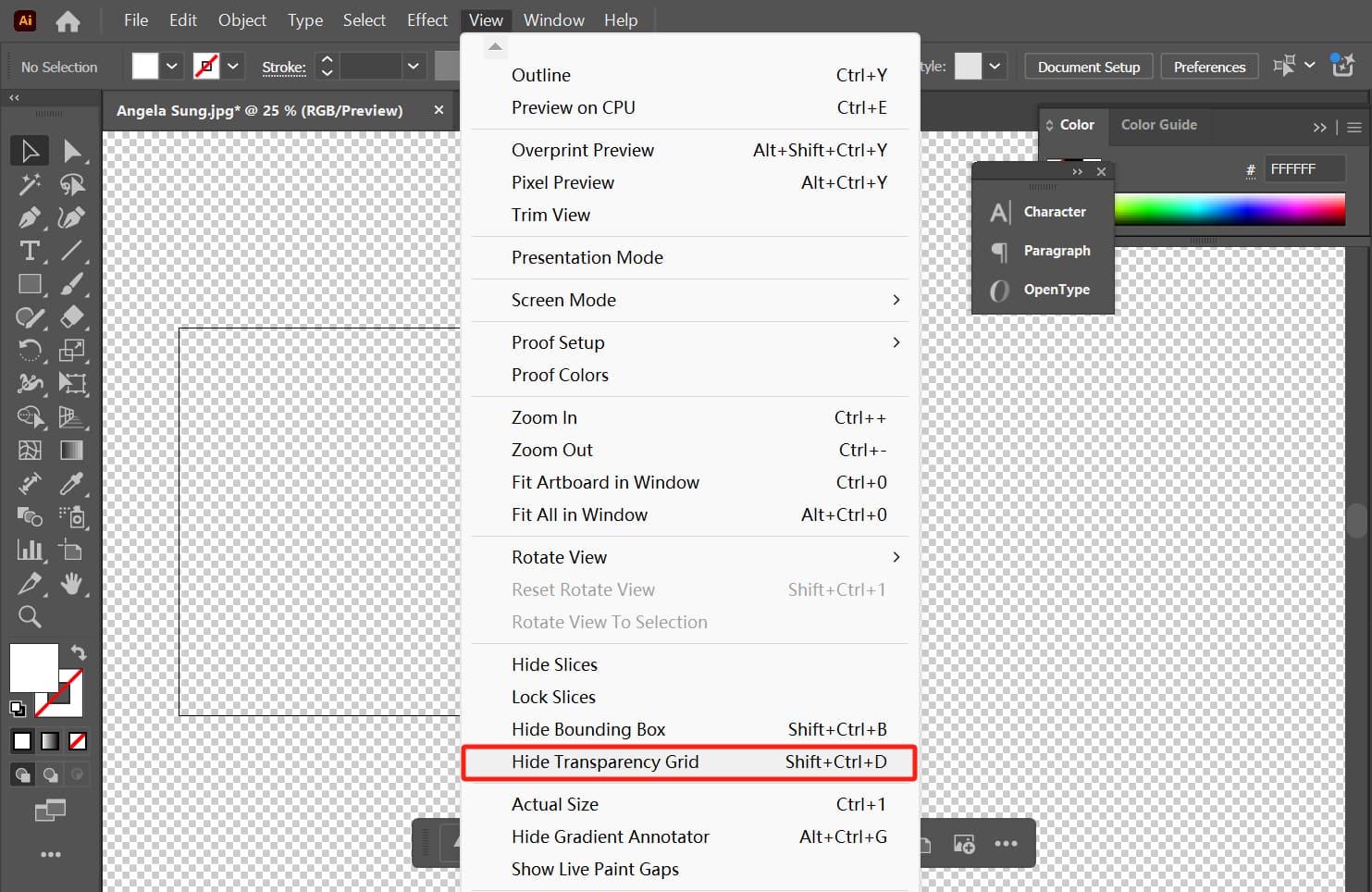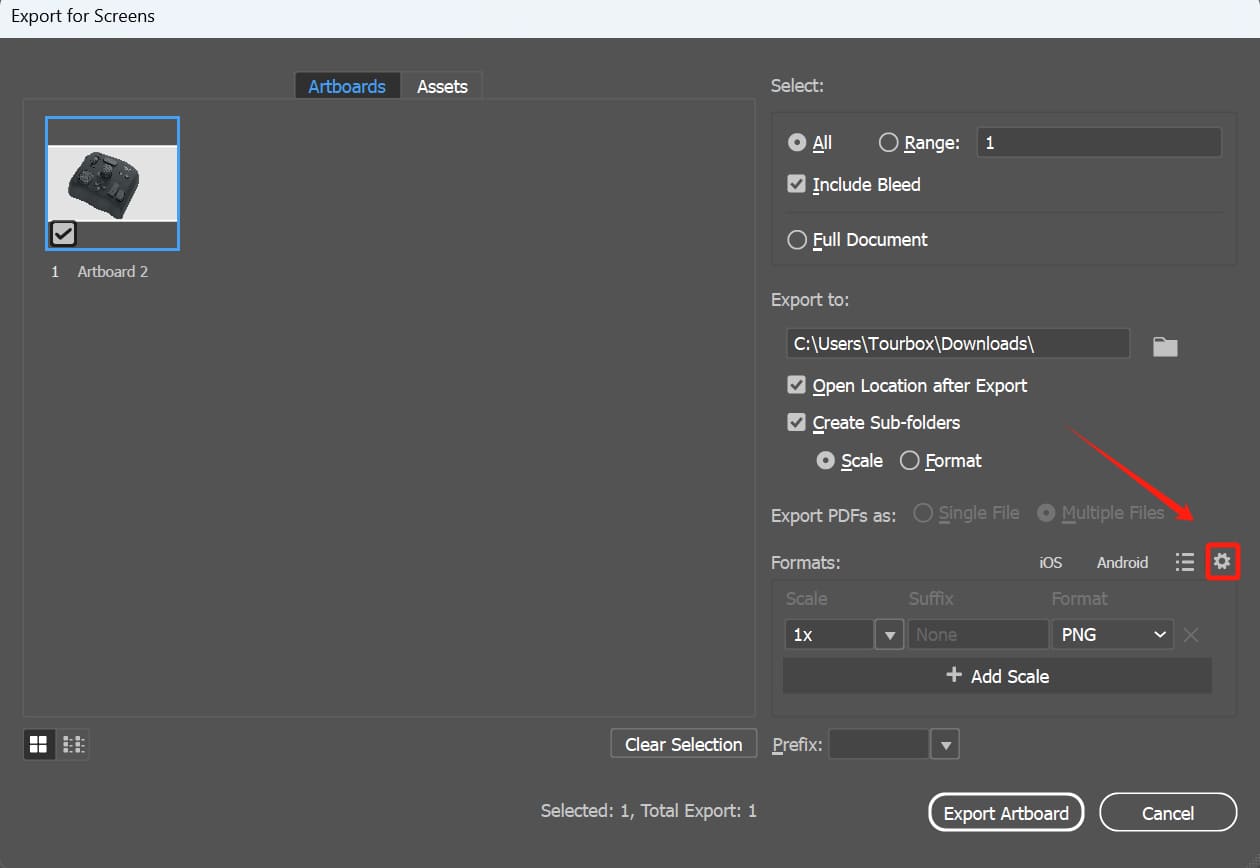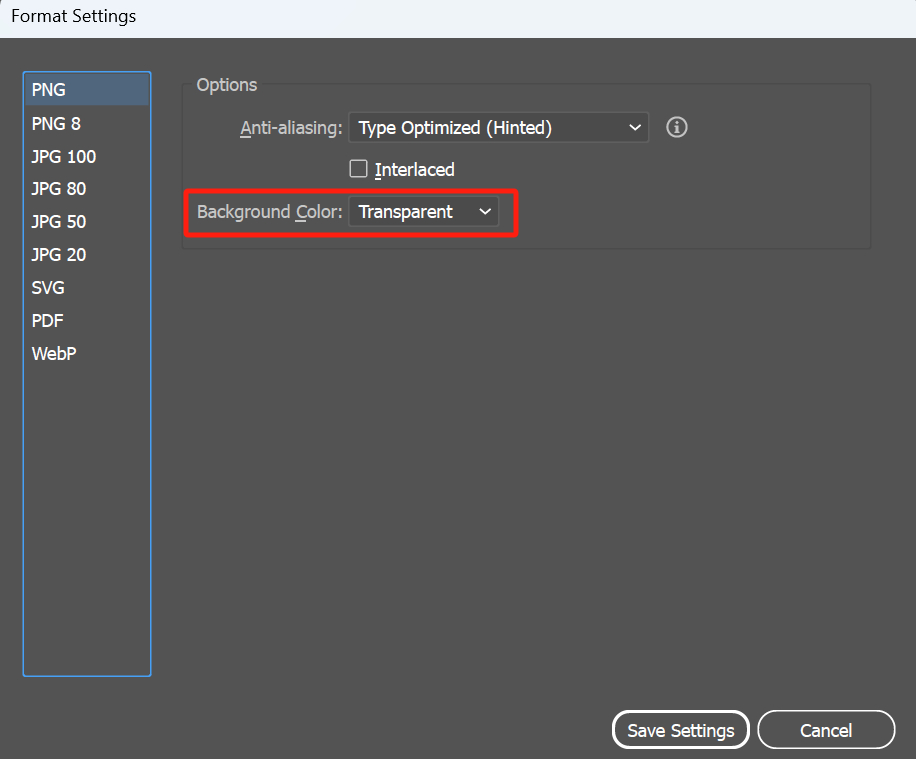How to Make Background Transparent in Illustrator?
When working in Adobe Illustrator, the artboard background is typically white by default. If you're looking to make the background transparent like in Photoshop, you might feel a bit lost.
In this article, we'll share some tips on how to make the background transparent in Illustrator. Let's dive in!

In this article, you will learn:
- How to Make the Background Transparent in Illustrator?
- How to Export Files with Transparent Background in Illustrator?
- Reasons for Exporting Files with Opaque Background
- Final Thoughts About Transparent Background in Illustrator
How to Make the Background Transparent in Illustrator?
If you're a new user of Adobe Illustrator, you'll notice that when creating a new project in Illustrator, there isn't an option to choose a transparent background.
Particularly if you're used to using Photoshop, you might prefer to create a transparent background for your design projects.
Enabling the "Show Transparency Grid" feature in Illustrator quickly transforms the white background into a transparent one.
The process is simple. Click on "View" in the top navigation bar of Illustrator, scroll down, and click on "Show Transparency Grid." Now, you can start designing with a transparent background.

It's important to note that this action only changes the background view to transparent; it doesn't remove the background. So, if the elements you import into Illustrator are not transparent, showing the transparency grid won't make their backgrounds transparent.
However, this method allows you to check if any images or illustrations you're interested in are transparent. If you wish to switch back to the original white background, you can easily do so by following the same steps.

How to Export Files with Transparent Background in Illustrator?
There are several methods to export project files with a transparent background in Illustrator, and they should be straightforward for you.
Just remember, if you want to preserve the transparent background after exporting, you should use formats that support transparency, such as PNG or SVG.
Additionally, ensure your project design has a transparent background by following the method we discussed earlier to toggle the Transparency Grid.
Let's take Illustrator's "Export for Screens" as an example. Click on "File" in the top navigation bar of Illustrator, then choose "Export" and select "Export for Screens."
In the Export for Screens settings panel, click on the gear icon next to "Formats" to open "Advanced settings for exported file types."

Here, choose "PNG" and set the "Background color" field to "Transparent." Then click the "Save settings" button. Now you can proceed with exporting your file, and you will find that the exported file is a PNG with a transparent background.

Reasons for Exporting Files with Opaque Background
Have you ever faced the challenge of not being able to set the background as transparent no matter how many times you tried? In many cases, this is a common error caused by some minor oversights. Here are two common scenarios:
1. White Design Elements on the Artboard
If there are white graphics or textures on the artboard, they are considered content rather than background. Therefore, regardless of how the background transparency is set, they will appear in the image.
Before exporting the file, you can check the content on the artboard by switching to Transparency Grid.
2. Export File Format as JPEG
If you intend to export a file with a transparent background, ensure to set the file format to one that supports transparency, such as PNG or SVG.
While Illustrator allows exporting in JPEG format, JPEG does not support transparent backgrounds.
Final Thoughts About Transparent Background in Illustrator
In this tutorial, we've shared how to make backgrounds transparent in Illustrator. However, this method does not involve removing the background in Illustrator.
While Illustrator does offer ways to remove backgrounds like Photoshop, its background removal capabilities are not as robust as those in Photoshop.
So, if you want to make the background of an image or element transparent in your Illustrator project, the best approach is first to edit it in Photoshop and then import it into Illustrator.
Product Recommendation:
If you're looking to enhance the efficiency of your creative and design work, consider exploring TourBox, a creative controller beloved by many digital artists and designers.

You can map shortcuts of your commonly used software to the buttons on TourBox, allowing you to perform various intricate operations in digital software with fewer actions, similar to handling a game controller.

TourBox also supports macro functions, and its advanced settings cater to all your operational needs. Best of all, it provides an excellent operational experience and tactile feedback, ensuring you won't feel fatigued even after prolonged use.